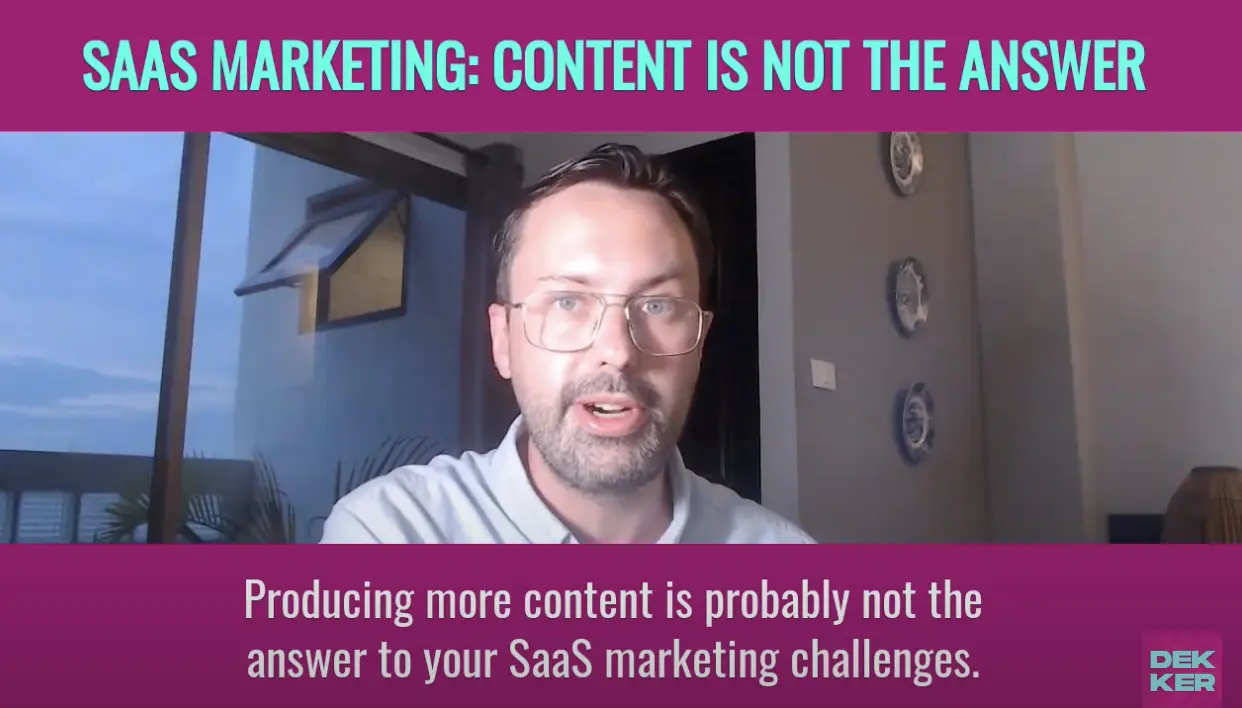5. Find the tools you need to succeed - fast
Having the right tools is essential to enable you to effectively execute your strategy. The right toolbox depends on your specific strategy, which makes it impossible for me to give you practical advice.
That said, there are basic tools that 99% of SaaS companies rely on for some part of their content marketing execution.
Essential SaaS content marketing tools:
Buffer: Buffer is a social media management platform that allows SaaS businesses to schedule and publish content across multiple social media channels.
It helps streamline content distribution, maintain a consistent social media presence, and track engagement metrics.
SEMrush: As an all-in-one digital marketing tool offering multiple features, you can use SEMrush for keyword research, competitor analysis, and SEO optimization.
It enables SaaS businesses to identify relevant keywords for their content, track keyword rankings, analyze competitors' strategies, and optimize their content for search engines.
MailChimp: MailChimp is a marketing automation platform and email-marketing service that helps you manage and talk to your clients, customers, and other interested parties.
BuzzSumo: BuzzSumo is a content research tool that helps SaaS businesses discover popular and trending content in their industry.
It allows users to analyze content performance, identify influencers, and gain insights into the types of content that resonate with their target audience.
ContactOut: is an email finder tool that helps SaaS businesses discover verified contact information for their outreach campaigns. This streamlines the process of finding the right people to connect with and allows for more personalized outreach efforts.
Hotjar: Hotjar is a user behavior analytics tool that provides insights into how visitors interact with a website through heatmaps, recordings, and surveys.
It helps SaaS businesses understand user behavior, identify usability issues, and optimize their website's user experience, ultimately improving content engagement and conversion rates.
Stroydoc: Stroydoc is a B2B content creation tool for content marketing. It lets you quickly make well-designed and interactive content of any type. Like long-form reports, interactive case studies, sales one-pagers, and e-books.
Storydoc content vs legacy SaaS content like PDFs:












